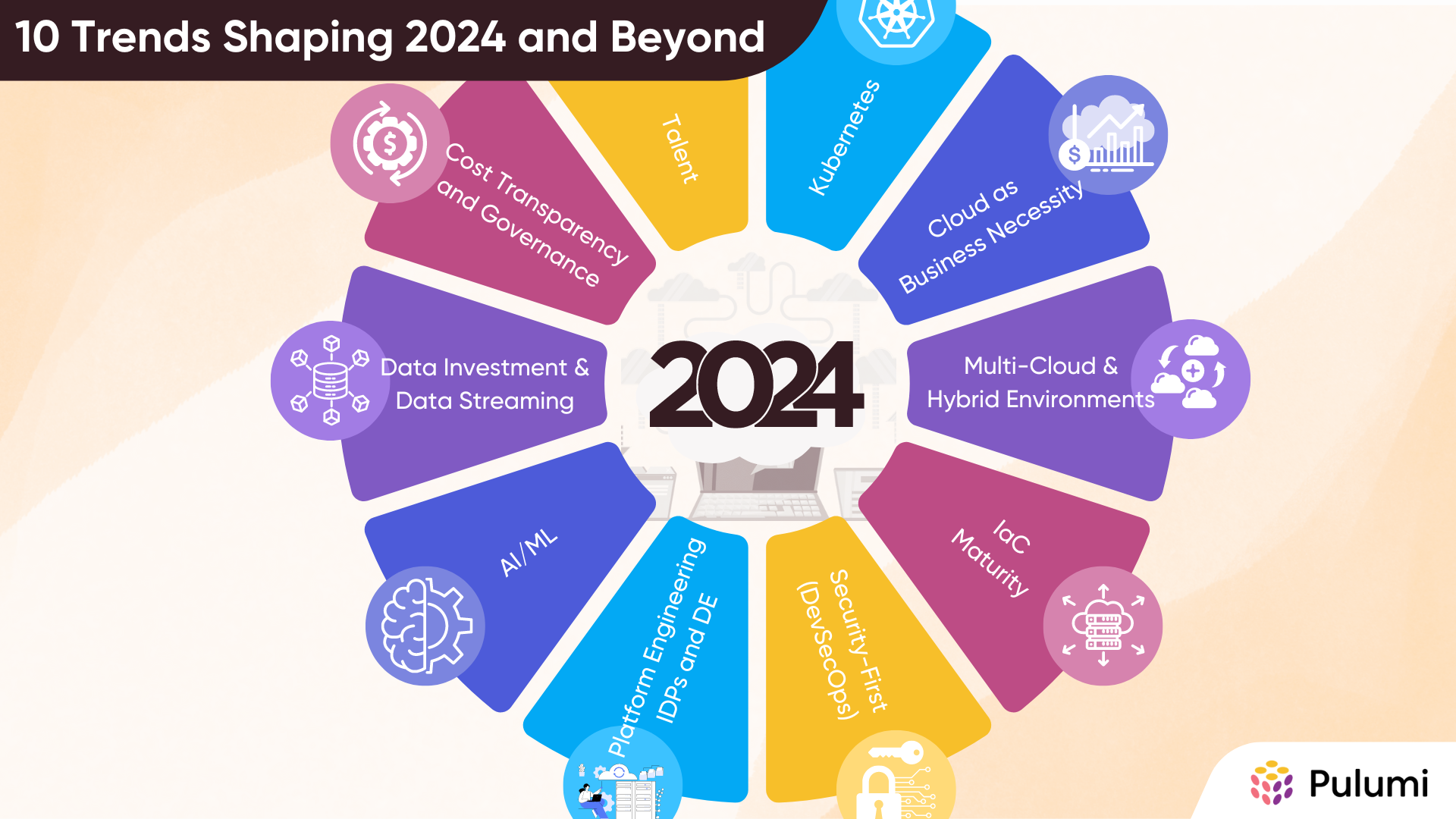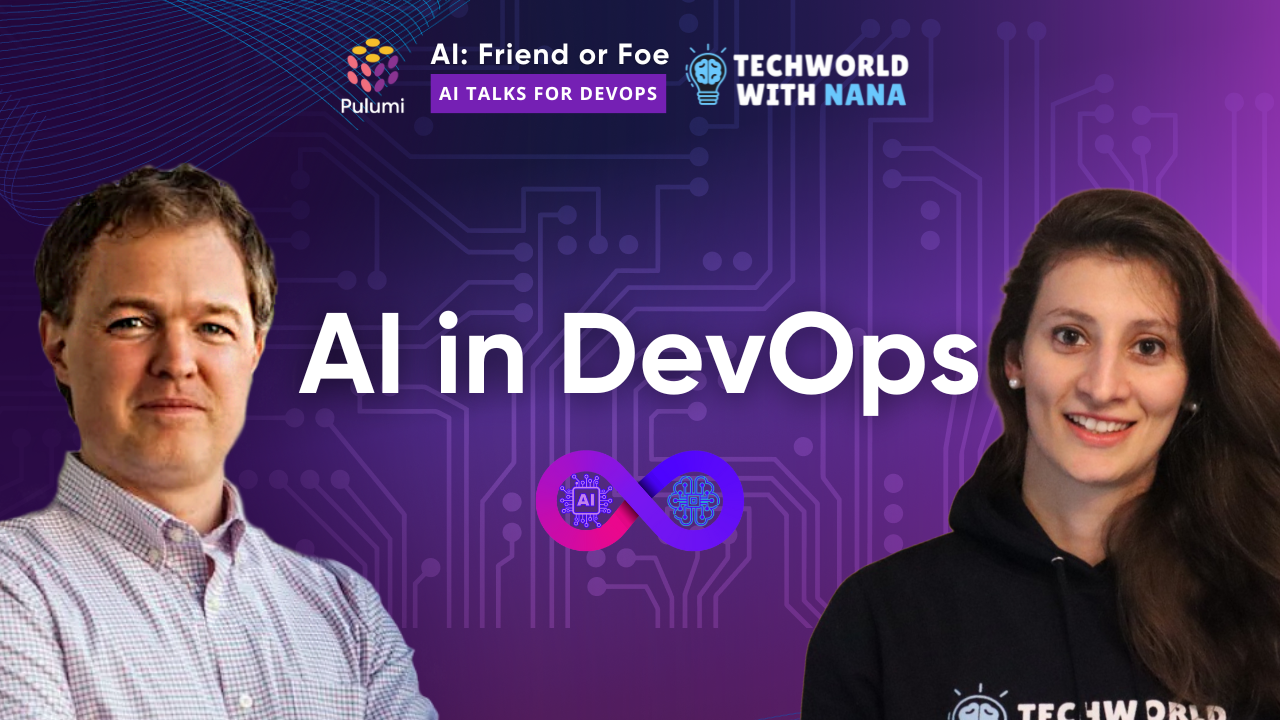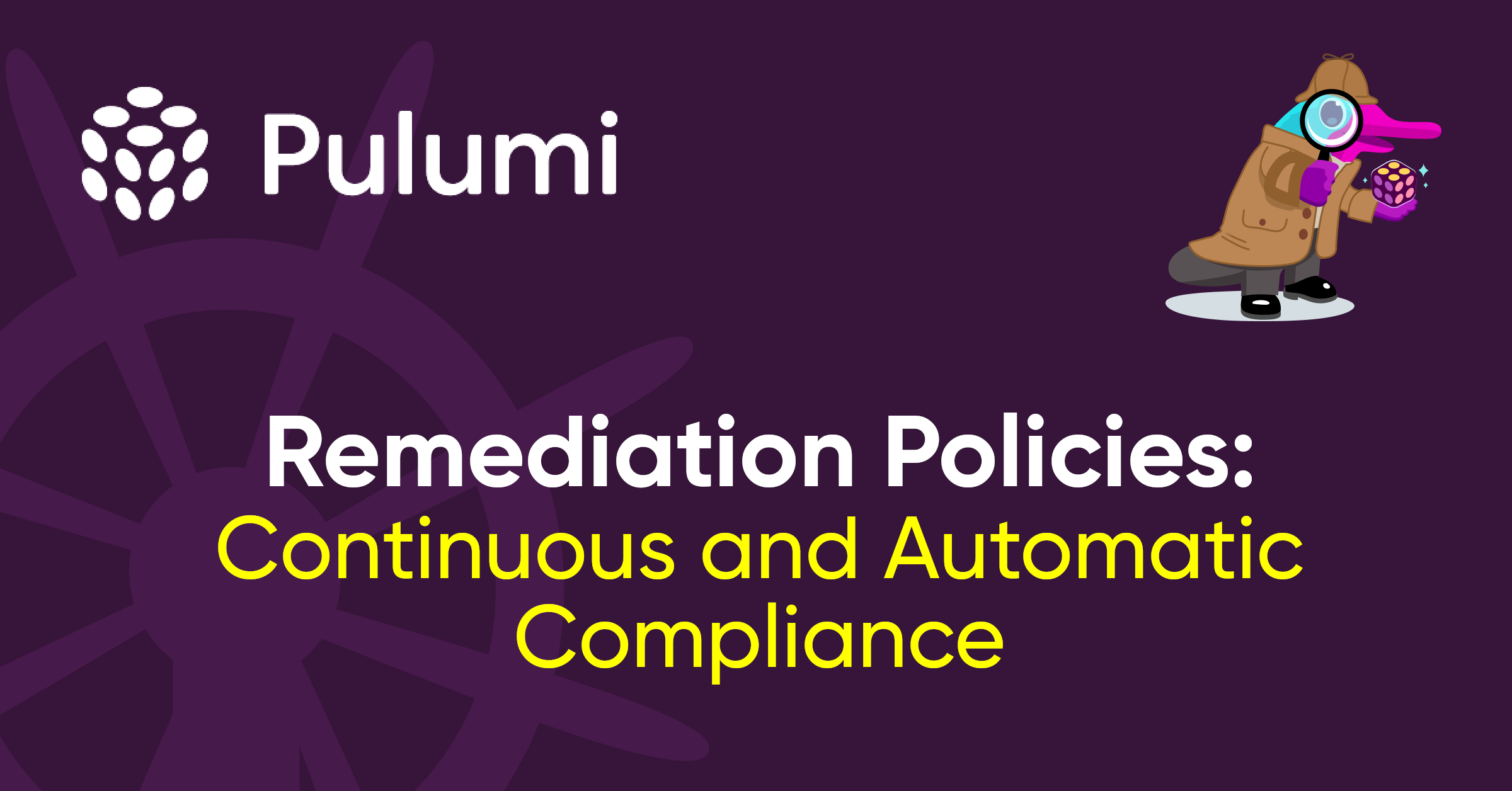Why Switch to Pulumi for Infrastructure as Code?

The cloud promised to revolutionize your business. Faster innovation. Lower costs. Unlimited scalability. But for many companies, that promise remains frustratingly out of reach. Instead of accelerating product development, infrastructure has become a bottleneck. You and your team (DevOps, platform, or infrastructure engineering teams) are bogged down by: Clunky tools and manual processes Provisioning a simple test environment takes days Rolling out updates across regions takes weeks The combinations of modern cloud architectures seems infinite You know there has to be a better way.








